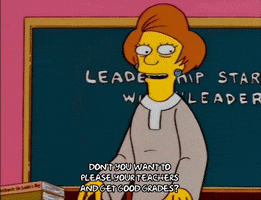First Few Days in the Barber Shop 💈
Important Links are all on Schoology, like the Daily Slide and our class-shared Google Doc, called "Delicious Biscuits." During the first few days, we go over procedures, readying our laptops and our minds for a safe, fun building environment:
- First Day Google Form (1 pt)
- Intro to the Barber Shop Slideshow
- Laptop Check '25-'26 (14 pts)
- How to Adobe Illustrator for a lasercutter (This is MY basic video how-to for a scribble. Mech XT students will use these skills to make much more advanced lasercuts after you make a BETTER how-to, for sharing with Mr. B on Google Drive and this website, Screen-Cast-O-Matic (now ScreenPal).
- How to CAD a nametag on TinkerCad ... older version, but it leads you to making a small nametag. I suggest making SURE that your letters intersect and are BIG, BLOCK, AND CHONKIER.
- How to CAD for a Wood Shop Project
- Henley Shop/Technology/Education Class Competencies/Syllabi/Pacing Guides 2025-2026 (in English) (En Español)
- Henley Media Permission/Safe Shop Rules/TinkerCad Permission Form 2025-2026 (in English) (En Español)




















